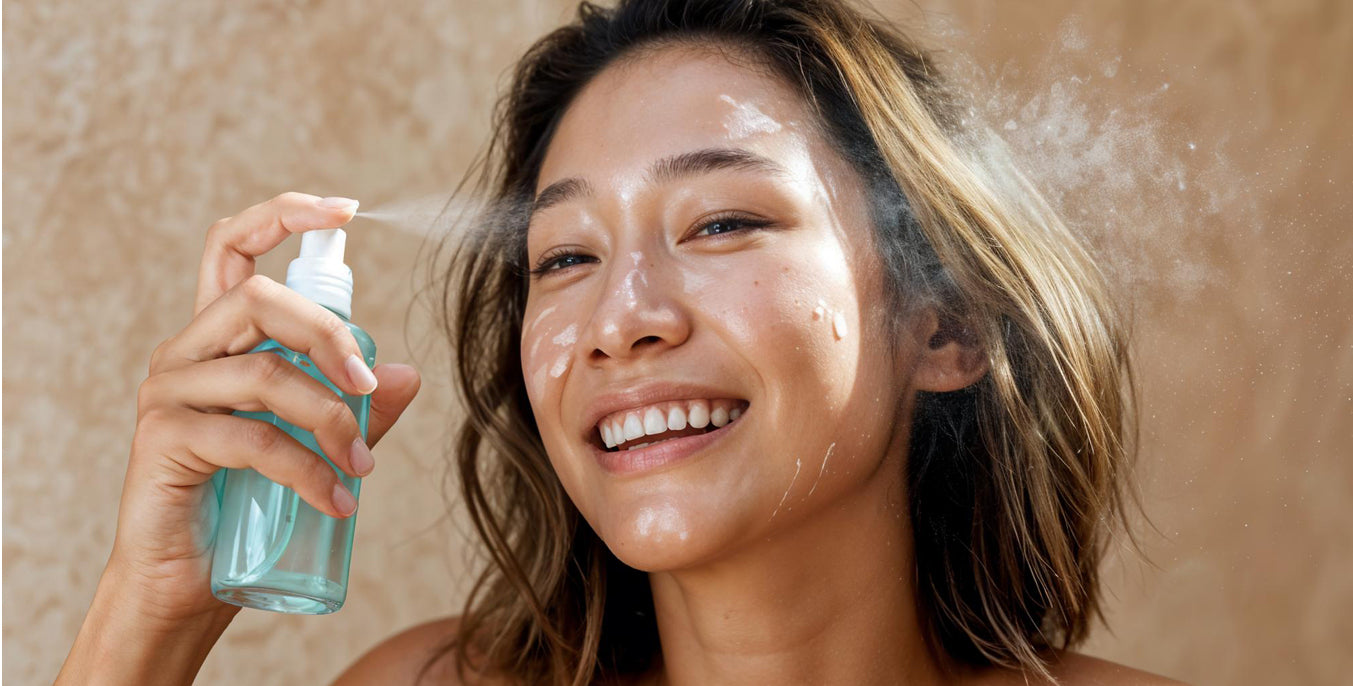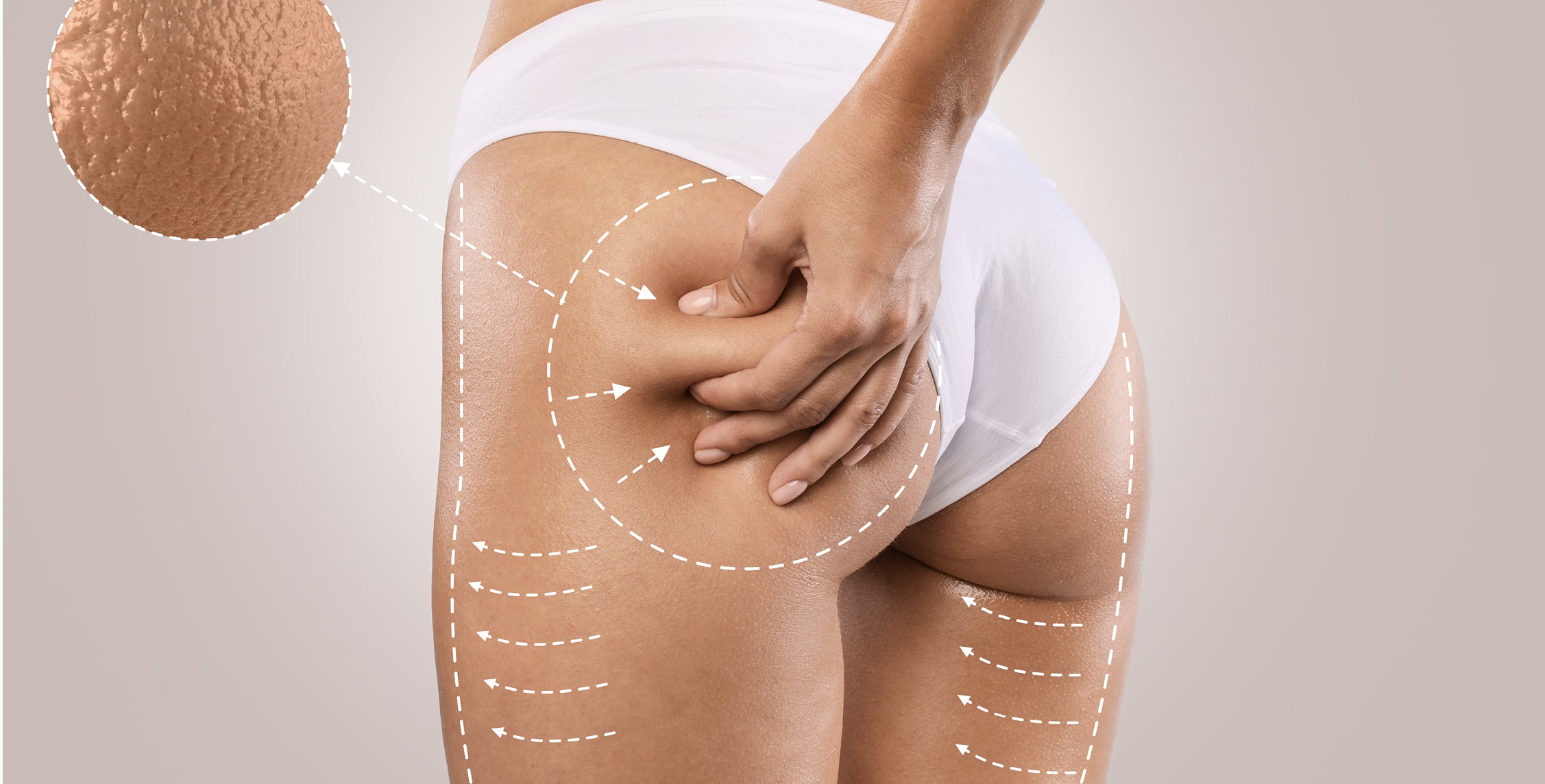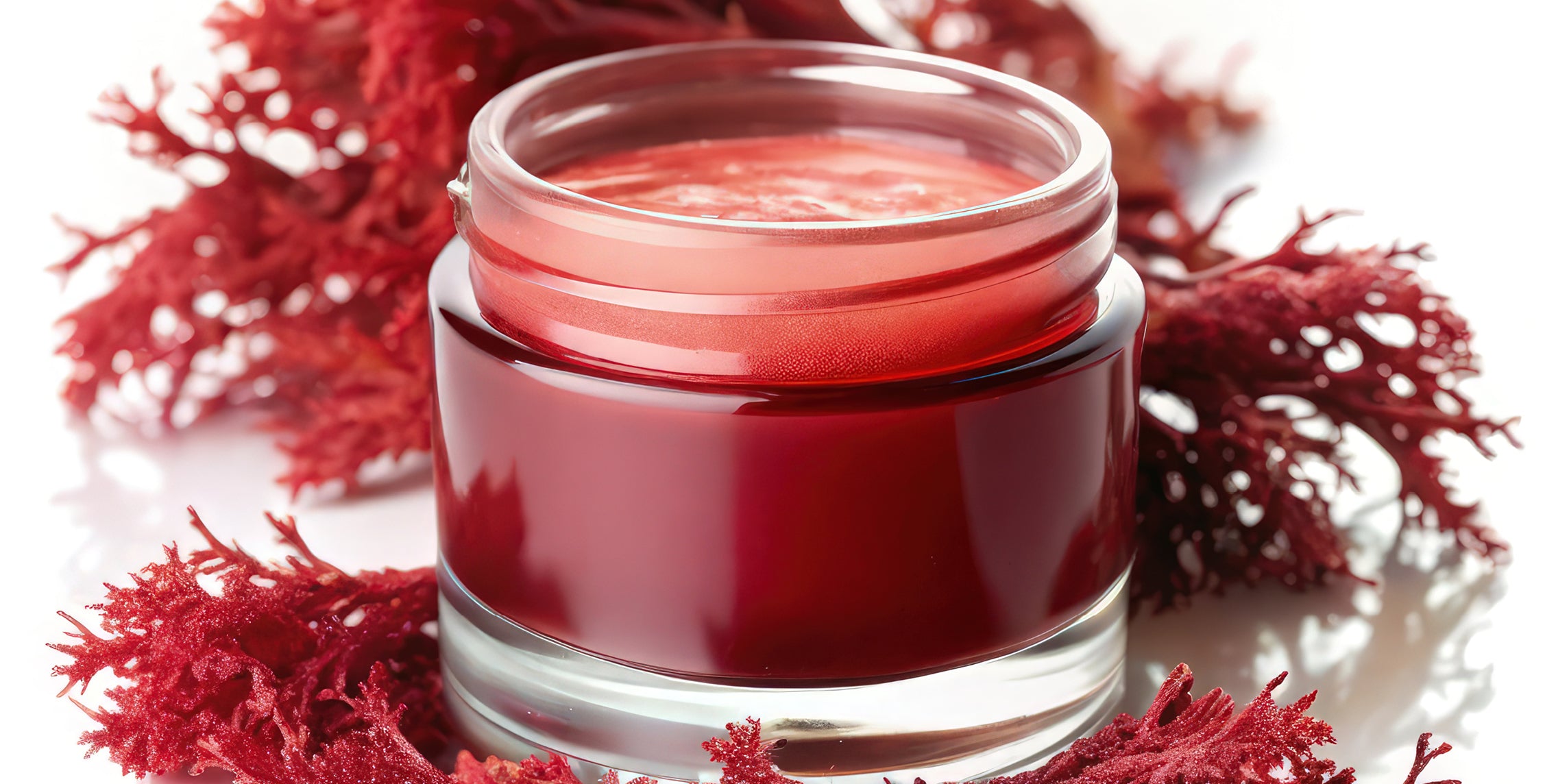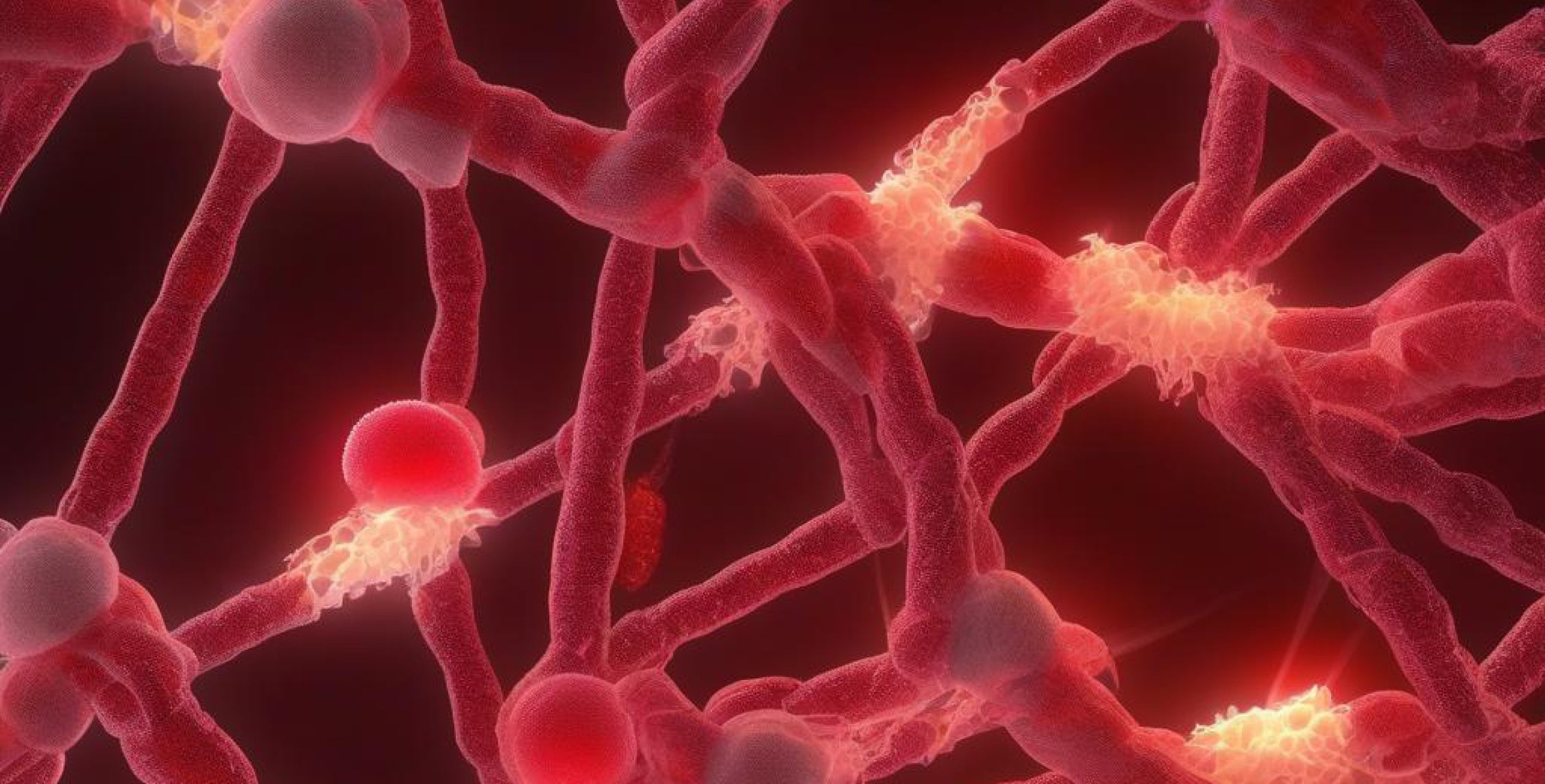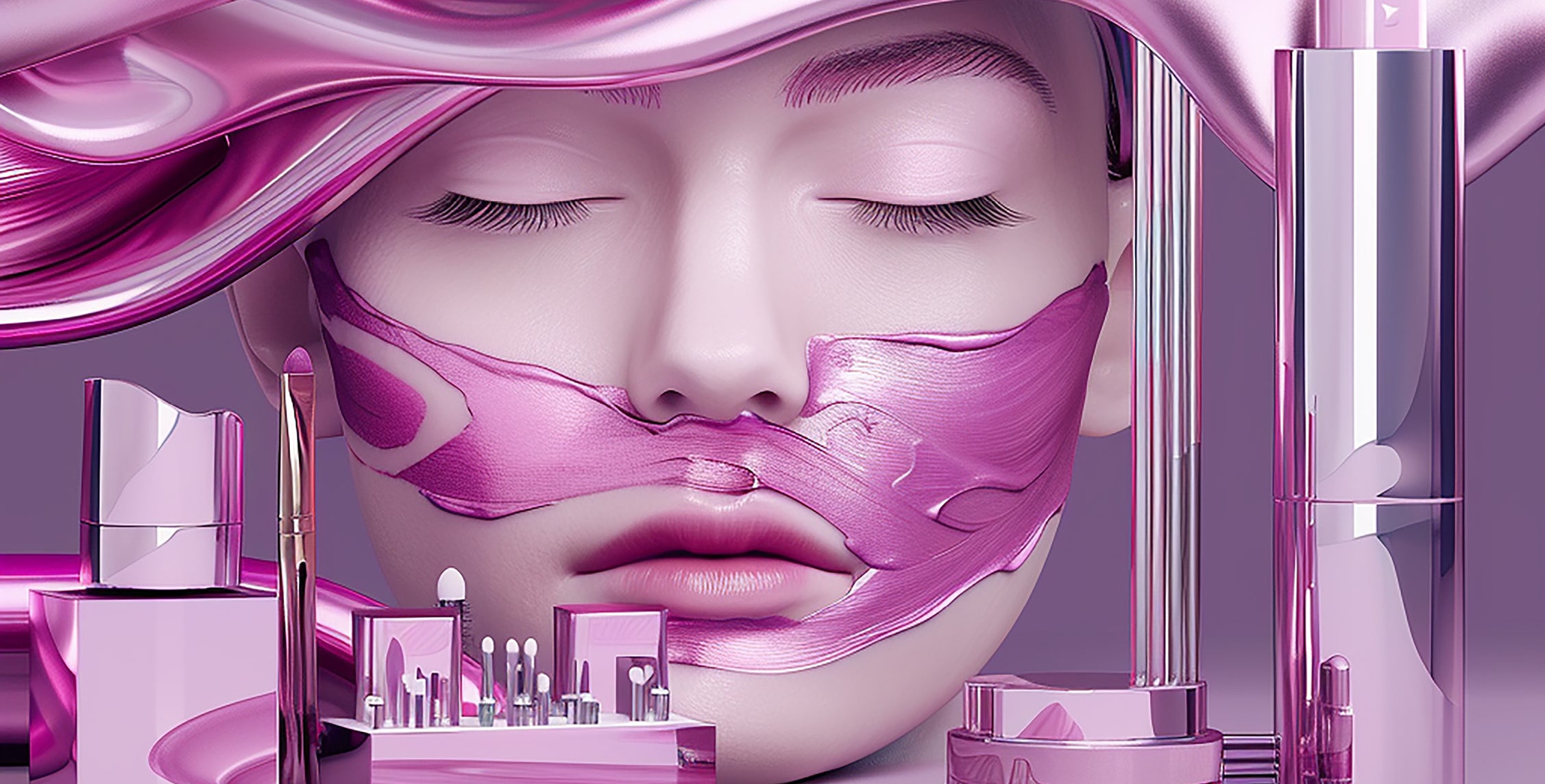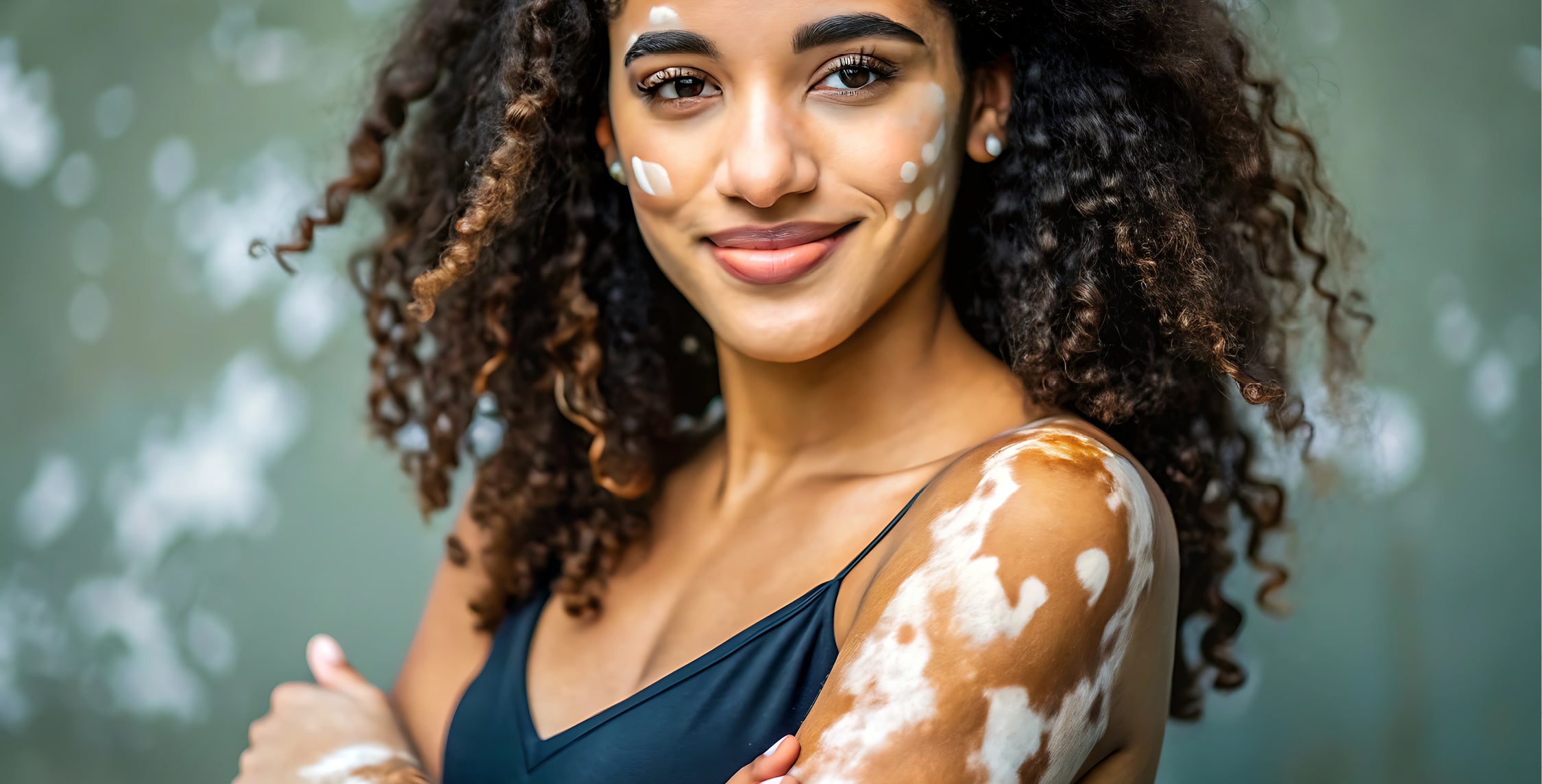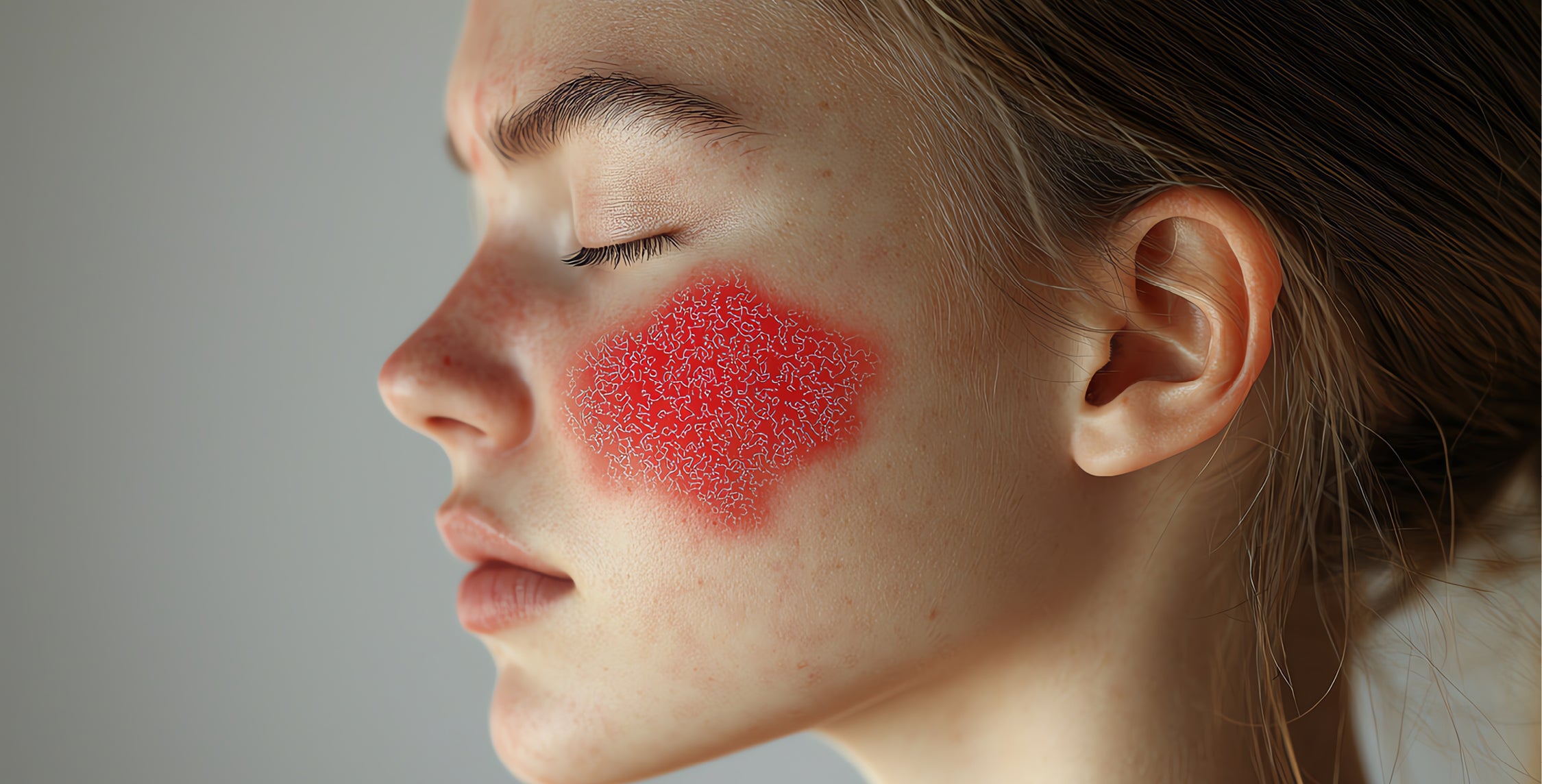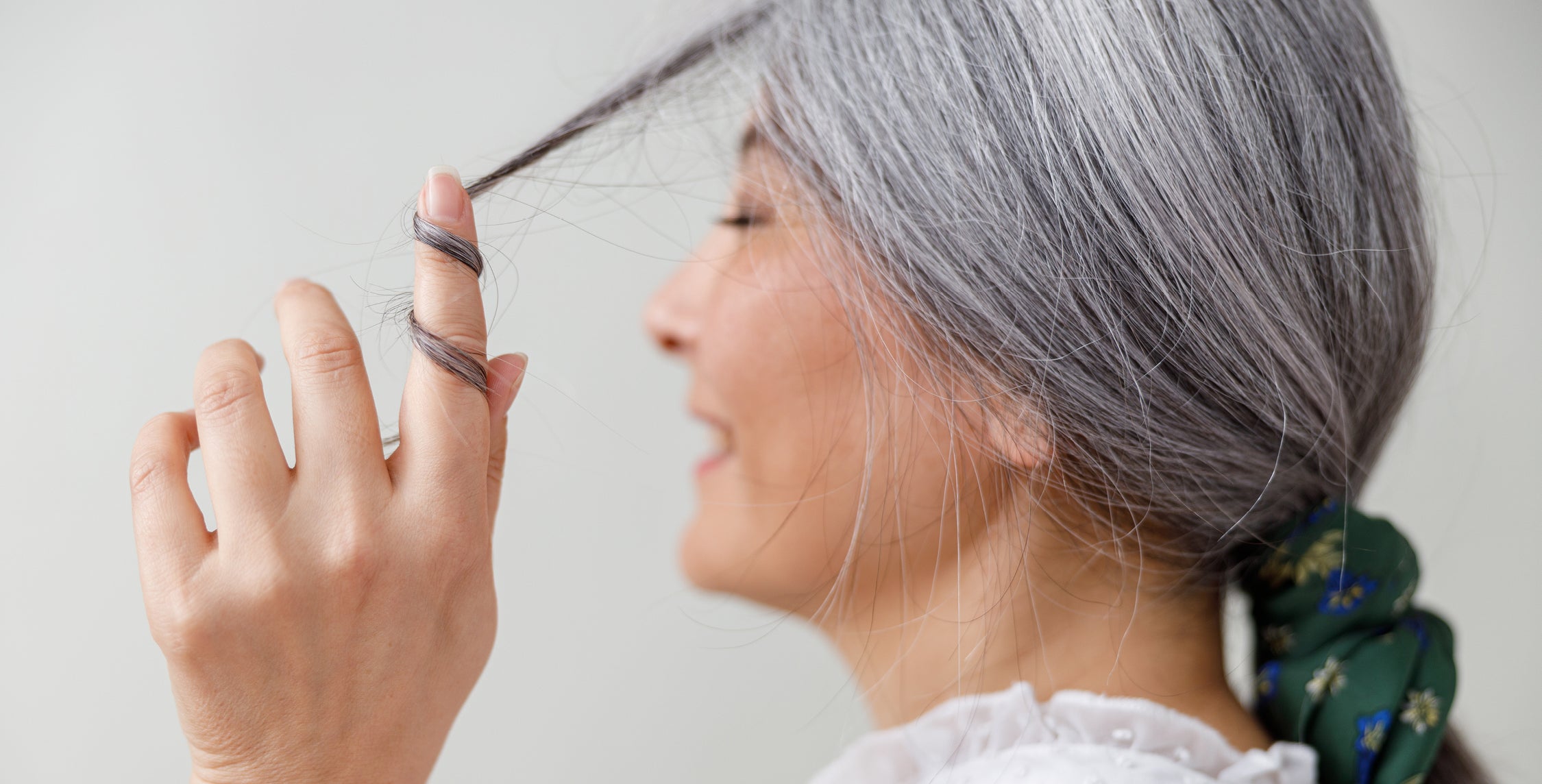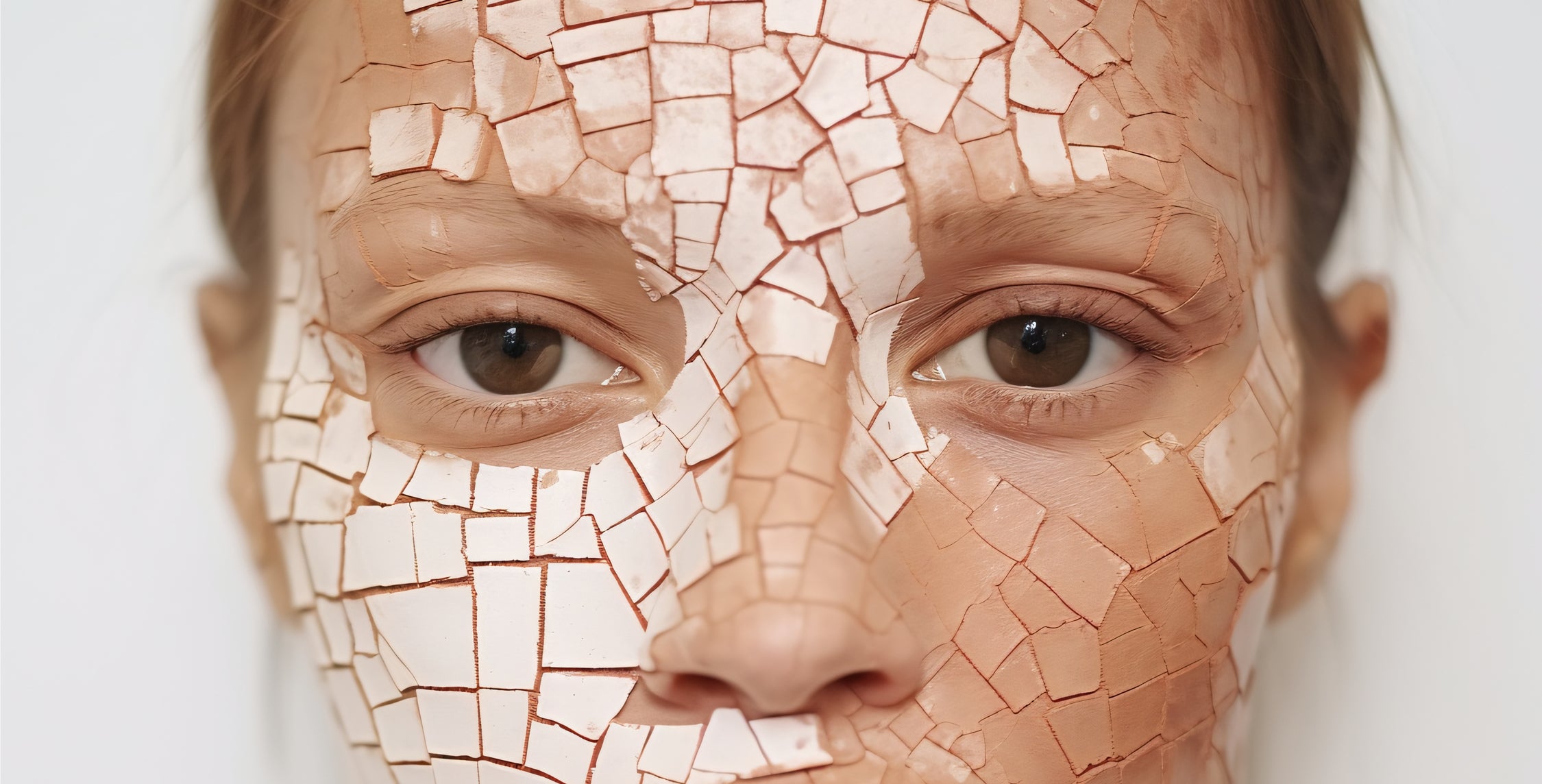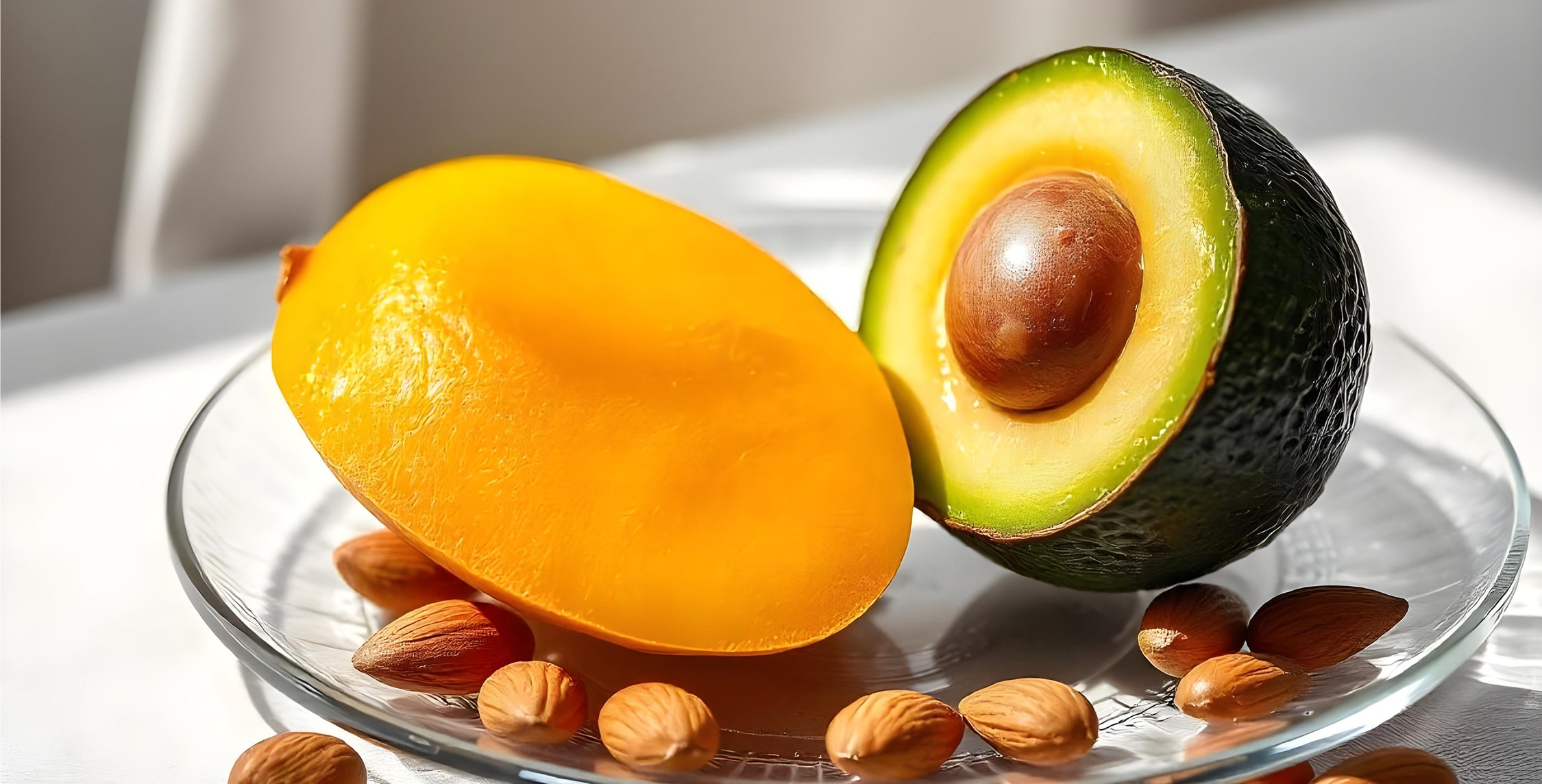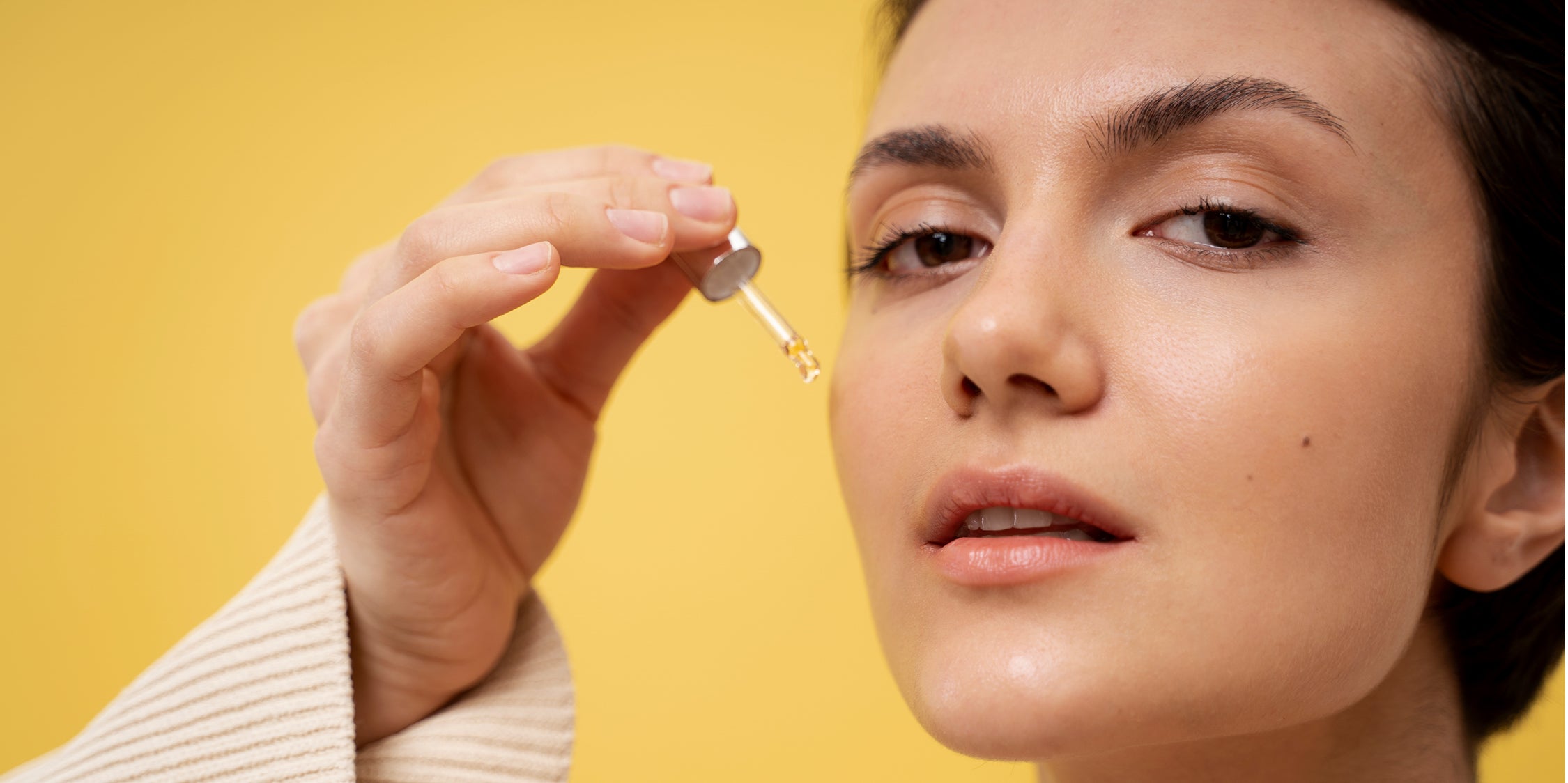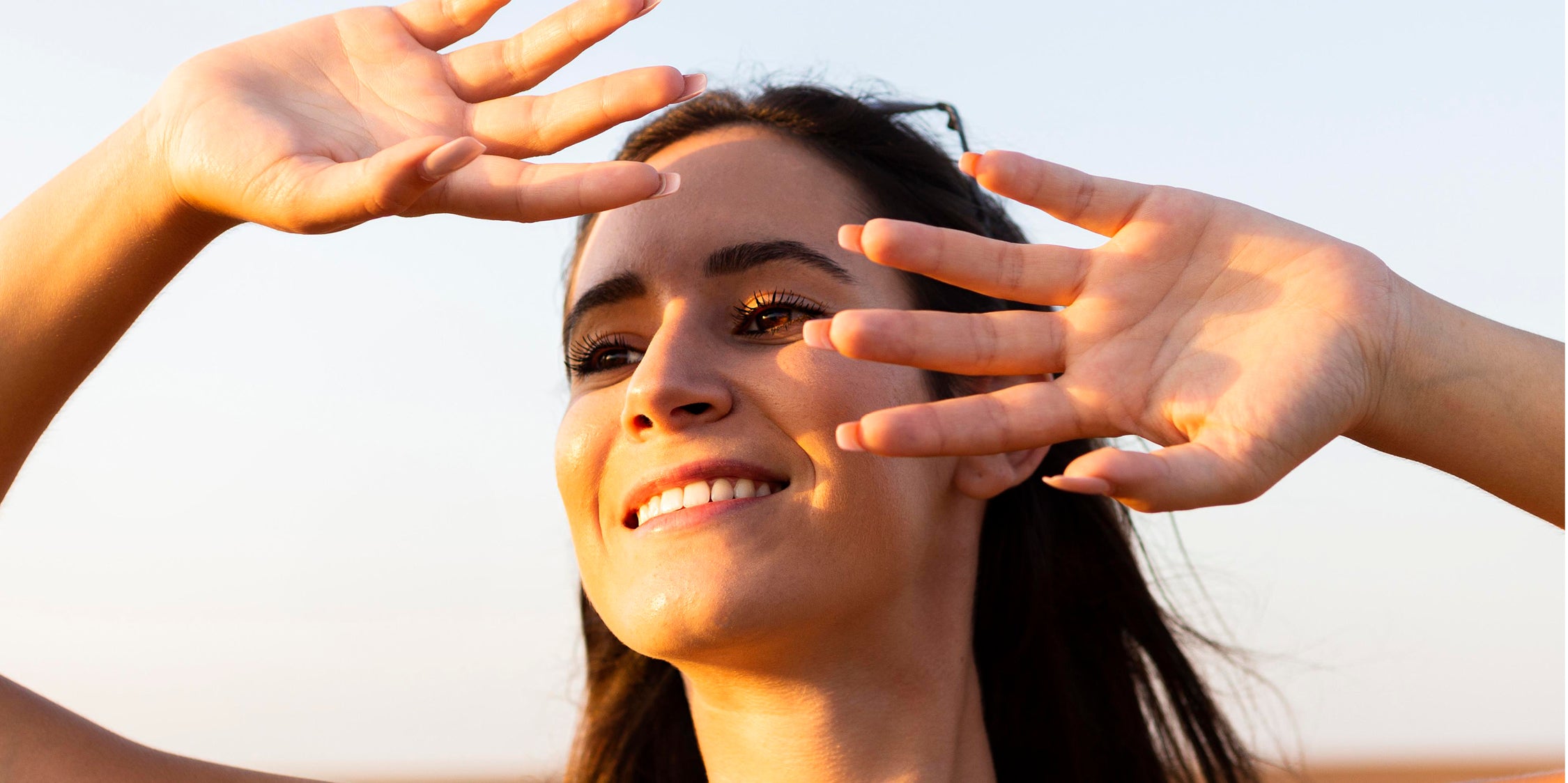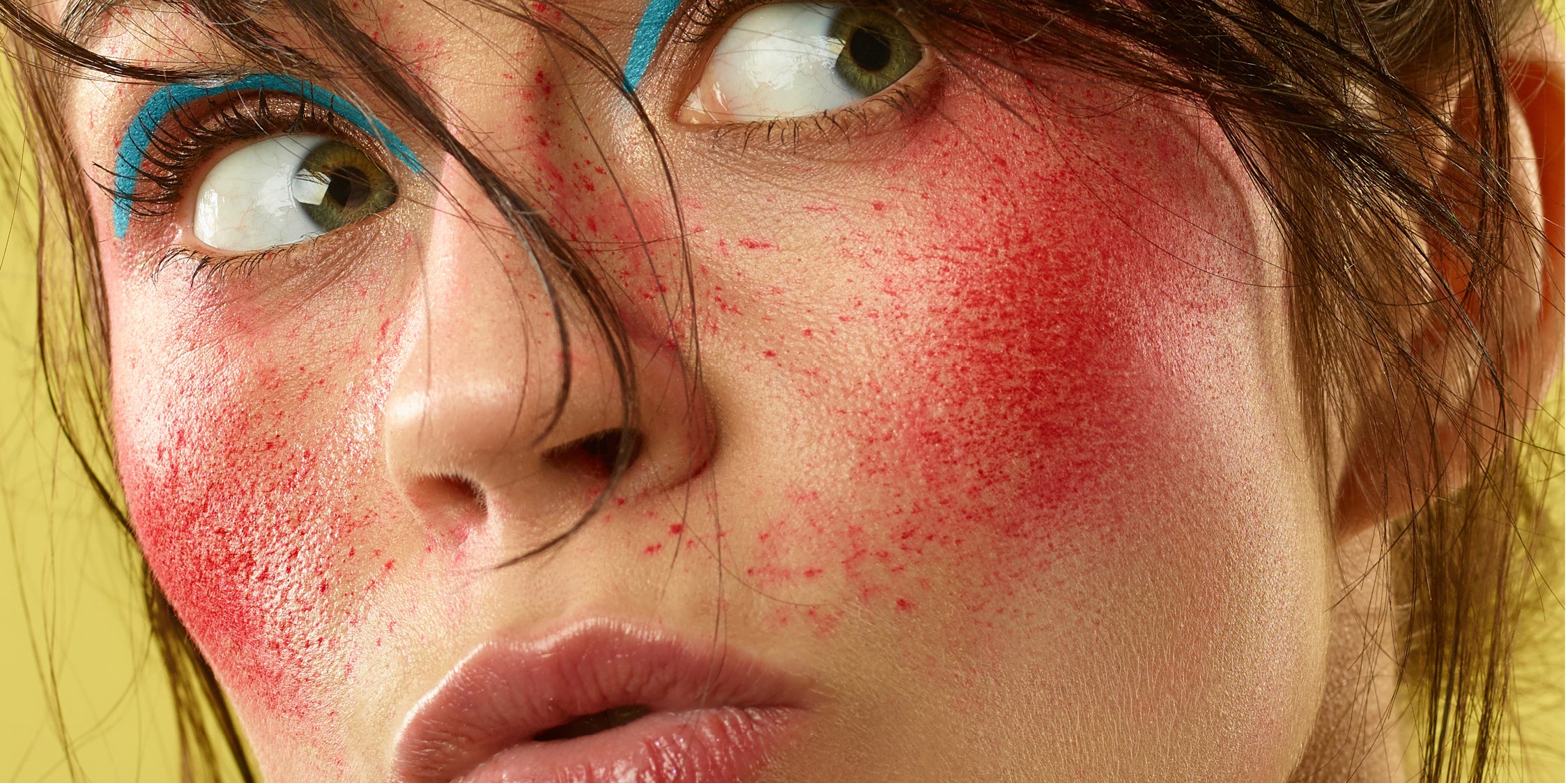WONDER FILM: FFS — A NEW ERA IN SKIN TREATMENT AND CARE
Film-forming sprays (FFS) are rapidly gaining popularity in skin care and treatment. FFS is a liquid that, when sprayed onto the skin, forms a thin, transparent film. The base of FFS consists of polymers and solvents, with biologically active substances serving as the active ingredients. Polymers create a protective film on the skin's surface, helping to retain moisture and shield against direct contact with external irritants (bacteria, viruses, allergens, solid dust particles, etc.). The film also regulates the rate of release and delivery of active substances to the skin, providing a longer-lasting effect and reducing the frequency of application. This is especially important in the treatment of chronic skin diseases such as psoriasis and eczema, where prolonged and even application of medication is necessary. Our editorial note explores what FFS is and the new opportunities it presents.

